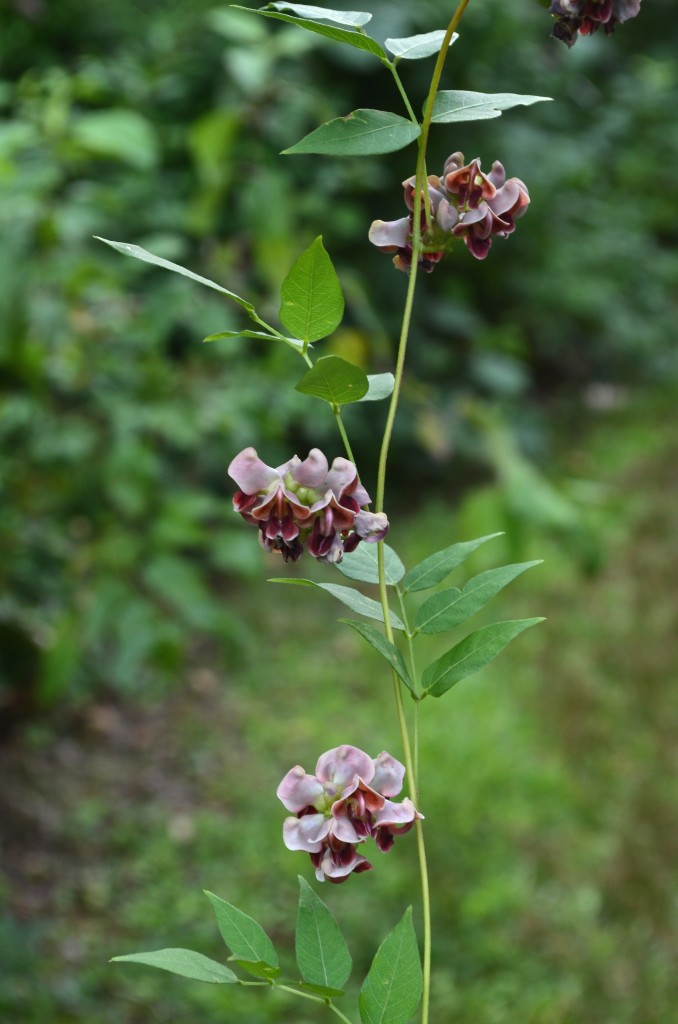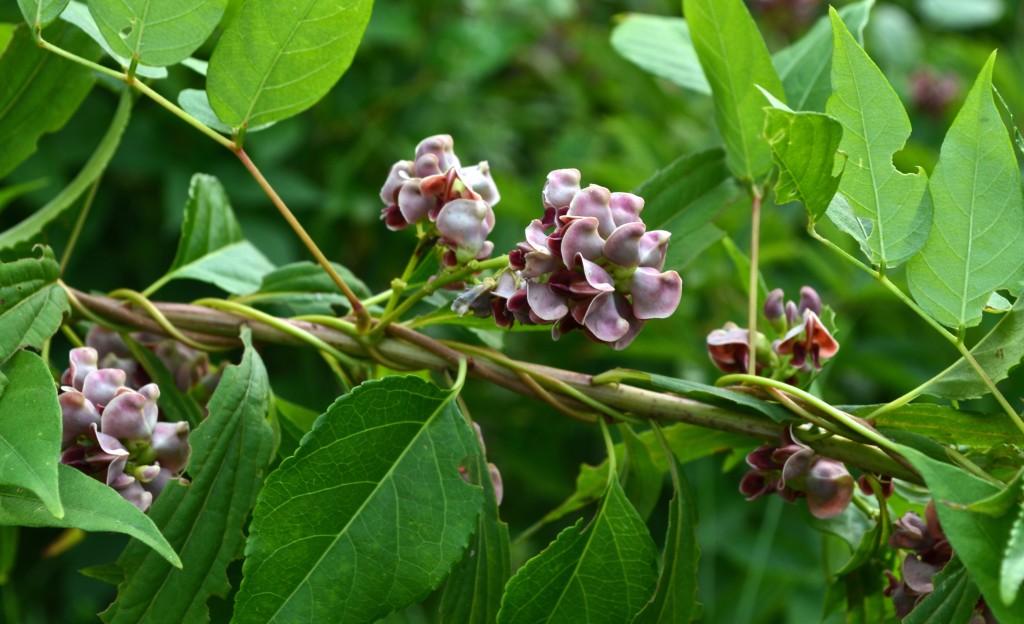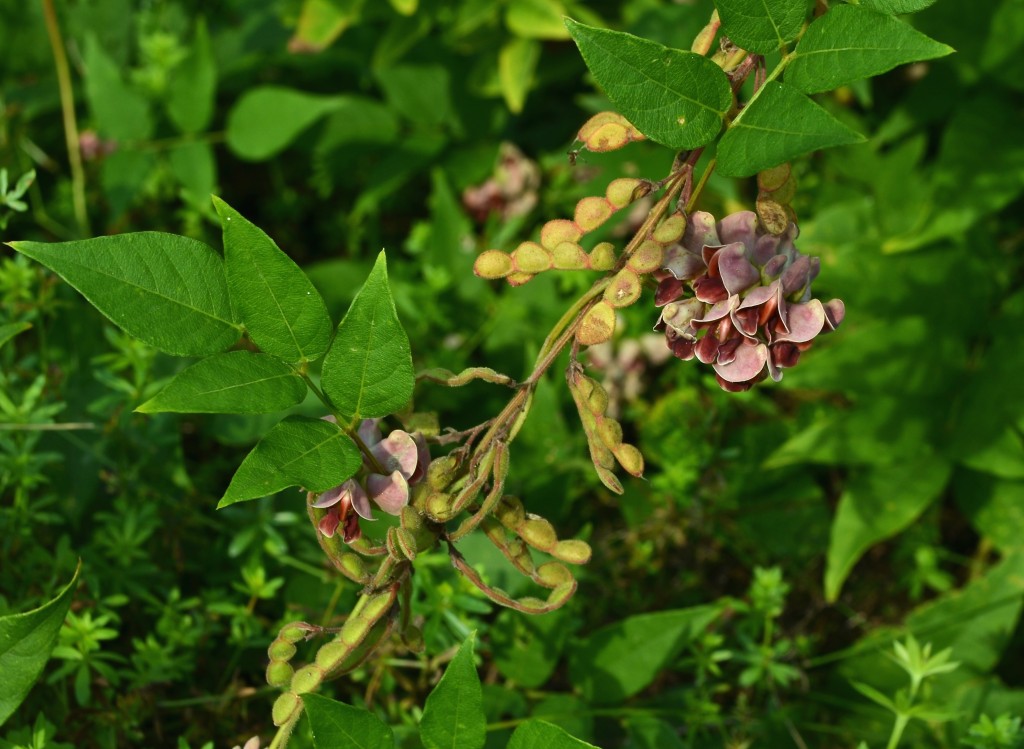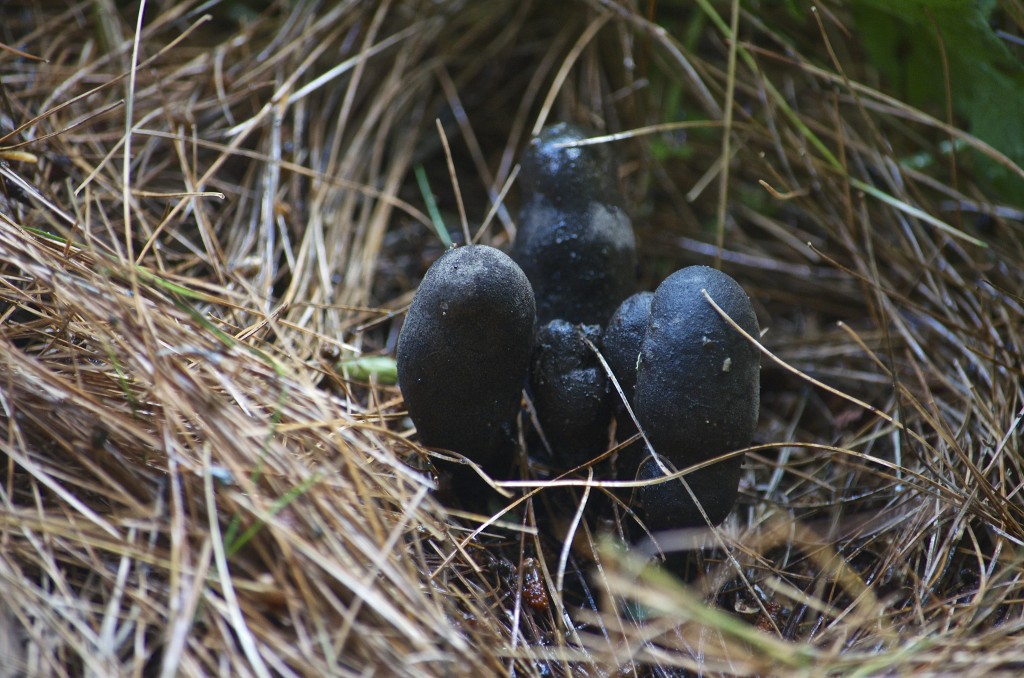 Lucy and I were walking at Charles River Peninsula and I was surprised to see a vining wildflower running rampant that hasn’t been there for the last two years, the years I’ve been paying attention. It’s a vine with showy pink clusters of flowers, growing in the moist edges of the meadow. Why did it appear this year?
Lucy and I were walking at Charles River Peninsula and I was surprised to see a vining wildflower running rampant that hasn’t been there for the last two years, the years I’ve been paying attention. It’s a vine with showy pink clusters of flowers, growing in the moist edges of the meadow. Why did it appear this year?
It has edible tubers (similar to potatoes but apparently way more nutritious) and beans! The shoots and flowers are edible too. It was a staple food for Native Americans, who called it Hopniss, among other things… They prepared it boiled, peeled and dried, made into sweet preserves with maple syrup, or as seasoning… many ways! Apparently Europeans learned all about using groundnut as a food source from Native Americans and it was a major help for those early (1600s) colonists like the Pilgrims. It’s commercially farmed in Japan.
 Thoreau: “In case of a famine, I should soon resort to these roots.” Maybe we’ll need to try them. The best time to harvest them (for sweetest flavor) is after a frost, but before the ground freezes. Native.
Thoreau: “In case of a famine, I should soon resort to these roots.” Maybe we’ll need to try them. The best time to harvest them (for sweetest flavor) is after a frost, but before the ground freezes. Native.
Groundnut, Wild Bean, Potato Bean, Indian Potato, Hodoimo, Hopniss (apios americana)


